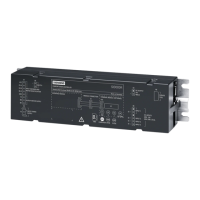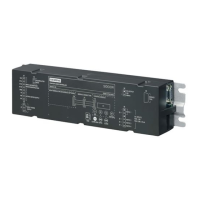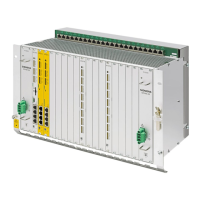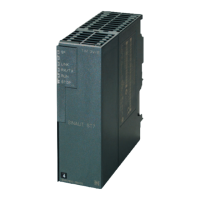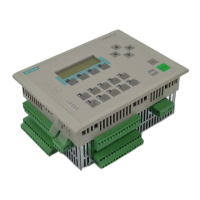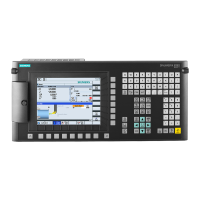Both analyses use a sign to distinguish the directions.
4.3.2 Automatic ImpulseDrive
Function description
The automatic ImpulseDrive system generates a drive order based on the ImpulseDrive
detection.
If an external pulse is detected by the ImpulseDrive analysis procedure, the automatic
ImpulseDrive system generates a drive order with a normal driving prole. Both ImpulseDrive
detection output signals, IMPDRVVelo and IMPDRVIncr, are evaluated. If an enable command is
present, the automatic system initiates opening or closing with a normal drive prole.
The automatic ImpulseDrive can only be used with active enable. The enabling signal (DCMD :=
7) is an element of the DCMD signal (see Table A-16 DCMD signal (Page 319)).
Note
The conguration of the ImpulseDrive detection has a direct eect on the automatic
ImpulseDrive system.
'HWHFWLRQ
$XWRPDWLF
,PSXOVH'ULYHV\VWHP
,PSXOVH'ULYHHQDEOLQJ
,PSXOVH'ULYH
RSHQFORVH
'&0'
ุ
,03'599HOR,03'59,QFU
'&0'
Figure 4-5 Automatic ImpulseDrive system
4.3.3 ImpulseStop
Function description
The ImpulseStop analysis process detects and analyzes external forces acting on the door system/
drive system.
In conjunction with the automatic ImpulseStop system (see section Automatic ImpulseStop
(Page 82)), it is possible to stop a door by gently jerking it (against the direction of travel).
SIDOOR functions
4.3 Extended functions
ATD4xxW for industrial applications
System Manual, 06/2022, A5E51901827B AA 81
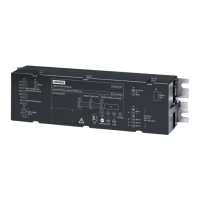
